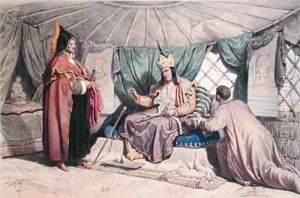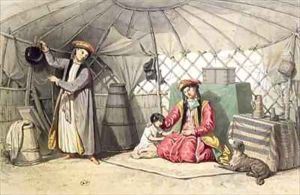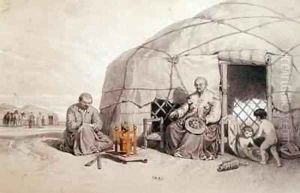Ferogio, Francois Fortune Antoine Paintings
François Fortune Antoine Ferogio, a somewhat lesser-known figure in the annals of European art, was born in the year 1800. His life and work straddle the divide between the late Neoclassical and early Romantic movements, reflecting the turbulent transitions of his time. Ferogio was primarily active in France, where he developed a style that, while not revolutionary, was distinguished by its emotional depth and technical proficiency.
Ferogio's early life was marked by a rigorous classical education, which was customary for artists of his era. He was a diligent student of both the human form and the masterworks of antiquity, which influenced his early works. However, as he matured, his style evolved to incorporate the more expressive and dynamic qualities characteristic of Romanticism. This shift was not abrupt but was a gradual transition that mirrored the broader shifts within European art during the first half of the 19th century.
Despite the quality of his work, Ferogio never achieved the fame of some of his contemporaries. He worked mostly on commissions for private patrons and the church, producing portraits, historical scenes, and religious works that, while respected, did not always find the public acclaim they perhaps deserved. His meticulous attention to detail and the emotional intensity of his subjects were noteworthy, and they received recognition among his peers and a small but dedicated group of patrons.
Ferogio's later years were marked by a retreat from public life. He focused on teaching and passing on his skills to a select group of students, thereby influencing a younger generation of artists. François Fortune Antoine Ferogio died in 1864, leaving behind a body of work that, though not extensive, contributes to our understanding of the transitional period of European art. His legacy, while subtle, is preserved in the collections of several French museums and in the practices of those he taught.


